Detour #226: Blown by the wind across The Joshua Tree National Park, California, USA
Ben Barry explores California’s desert wilderness with a Lamborghini Huracán Sterrato… and the wrong soundtrack
Rookie error: the Joshua Tree National Park was not the back-drop to one of the best-selling albums of all time, but U2’s masterpiece is soundtrack perfection if you’ve not done your homework.
I’m in a Lamborghini Huracán Sterrato, With Or Without You is cranked up, and the stripped-back melodies chime with the stark beauty of this desert landscape, the shimmering vastness of it all, not to mention the unmistakeable silhouettes of Joshua trees just like the album artwork. (Legend has it Mormon pioneers likened the branches to Joshua’s upstretched arms and the name stuck).
But Bono, Edge, Larry and Adam? Not here. That was 200 miles north. I might as well have been listening to Abbey Road while touring the zebra crossings of Liverpool. But I’m certainly glad I visited, because road-tripping through the Joshua Tree National Park is like nothing I’ve experienced before.
Located where the Colorado and Mojave deserts merge, people have been here for at least five millennia, notably Native American tribes, but more recently cowboys, miners and what the information boards term ‘teamsters’ – ‘driver of a team of horses used for haulage’ to quote the Collins Dictionary that saved my blushes.
For much of that time the desert hummed along in perfect harmony, but new roads and the mines and demand for garden cacti motivated a lady called Minerva Hoyt to campaign to get it protected.
She succeeded in 1936, creating Joshua Tree National Monument which officially became Joshua Tree National Park with extra protection in 1994. Ever since, 591,624 acres of the park’s total 792,623 have been designated wilderness.
Today the park stands as a legacy of Minerva’s vision and perseverance. You’ll see a visitor centre here or there, but there are no petrol stations, no restaurants, no hotels, not even any mobile phone coverage, just space and silence and a landscape so beautiful it’s hard to reconcile with its inherent inhospitality. Get stuck out there and you might freeze at night, get bitten by a rattlesnake or run out of water. If you’re really unlucky, you might tick off all three.
I leave from Palm Springs with its gridded street layout and single-storey art-moderne homes built in the Sonoran desert, before heading along Highway 10, aka Christopher Columbus Transcontinental Highway. Fractured grey asphalt rolls out before me under a chalk-blue sky, disappearing to a hazy point in the distance like an aspirin dropped in water.
At Cactus City, Highway 10 begins to trace the southern edge of the park, and soon after I turn in and head north on Cottonwood Springs Road, then north again up Pinto Basin Road. You need a pass to get in here, currently $30, but try to grab one online – a good idea if it’s holiday season as queues for the ticket booth can be so lengthy.
I’m here on a Wednesday afternoon in mid-May and I breeze straight through, the temperature a high but far from unpleasant 30 degrees C or so (it can top 38 degrees in summer), and there’s precious little traffic to contend with.
Sun sears down, 20-feet high boulders lie like giant walnut husks at the roadside and heat haze knocks the definition from the mountain ranges in the distance. There’s a dream-like quality to driving here.
The Huracán Sterrato is also surprisingly at home in this rugged environment. Essentially a supercar given the off-road treatment, clearly it’s no Jeep, but with raised ground clearance, beefier tyres and some well-placed protective cladding, it makes more sense than your initial ‘wait… what?’ gut instinct suggests. Especially when I pull off to the unmade side of the road for inevitable snaps and selfies.
At the junction with Park Boulevard, I go west, passing the evocatively named Skull Rock Trail and unappealingly billed Maze Loop Trailhead (thankfully not a maze at all) before the road flows downhill and puts me out on the north edge of the park in the town of Joshua Tree.
Drive the Joshua Tree National Park in one go and you’ll be done in 45 minutes. But that pass is good for a week, so why not explore and camp and maybe even recreate that iconic album artwork shot some 200 miles to the north?
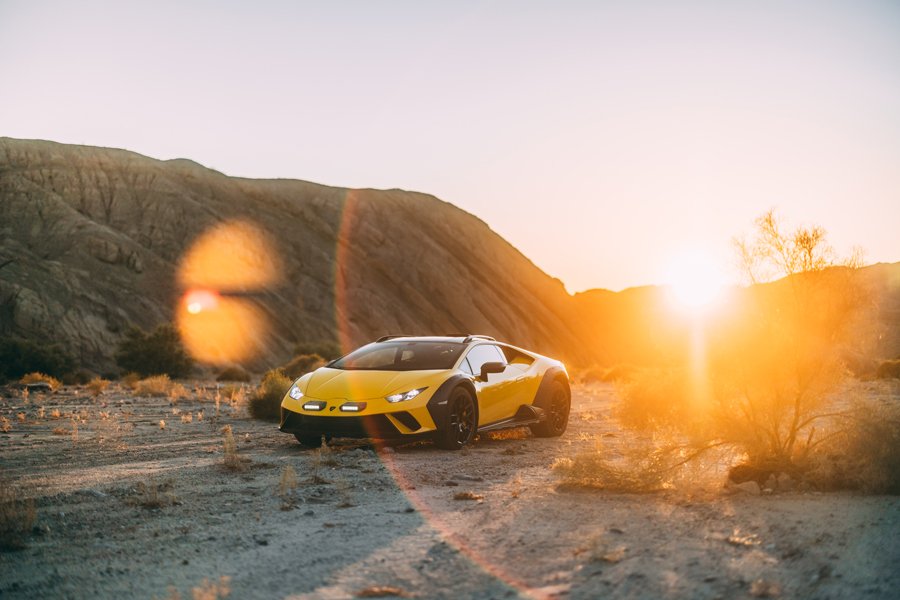
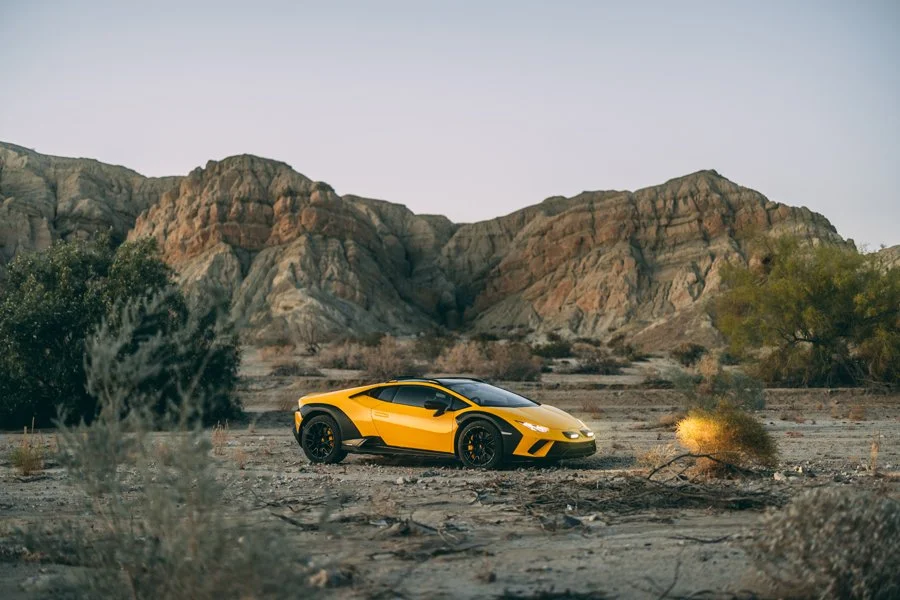
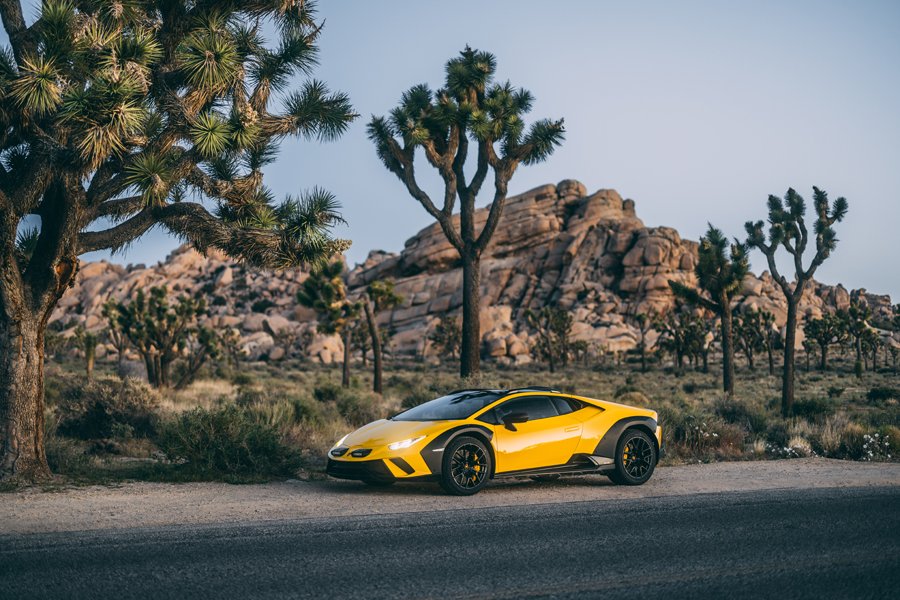
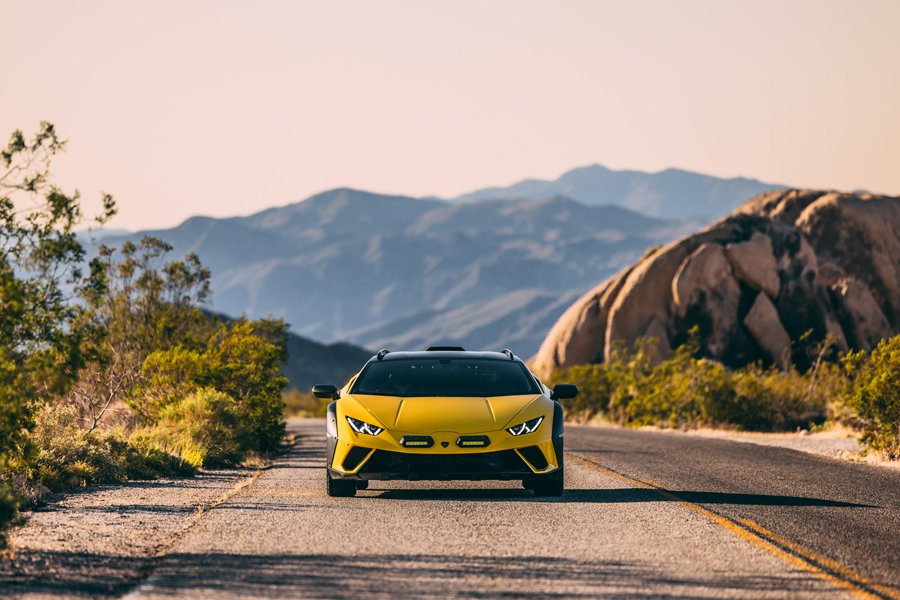



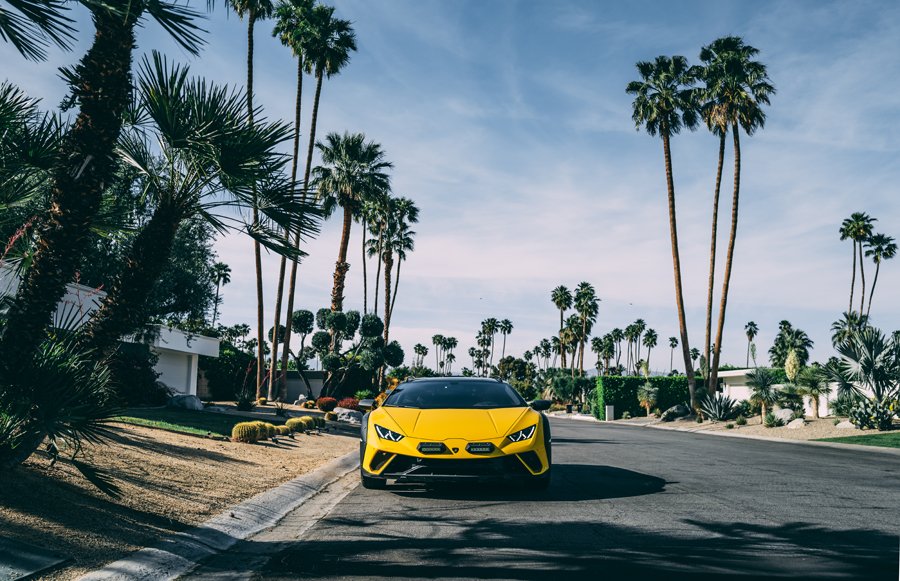
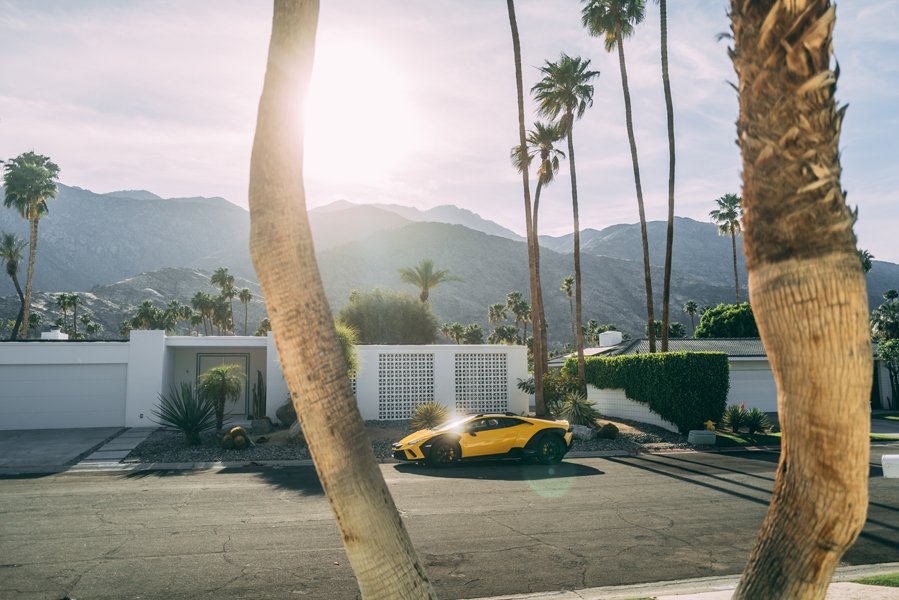






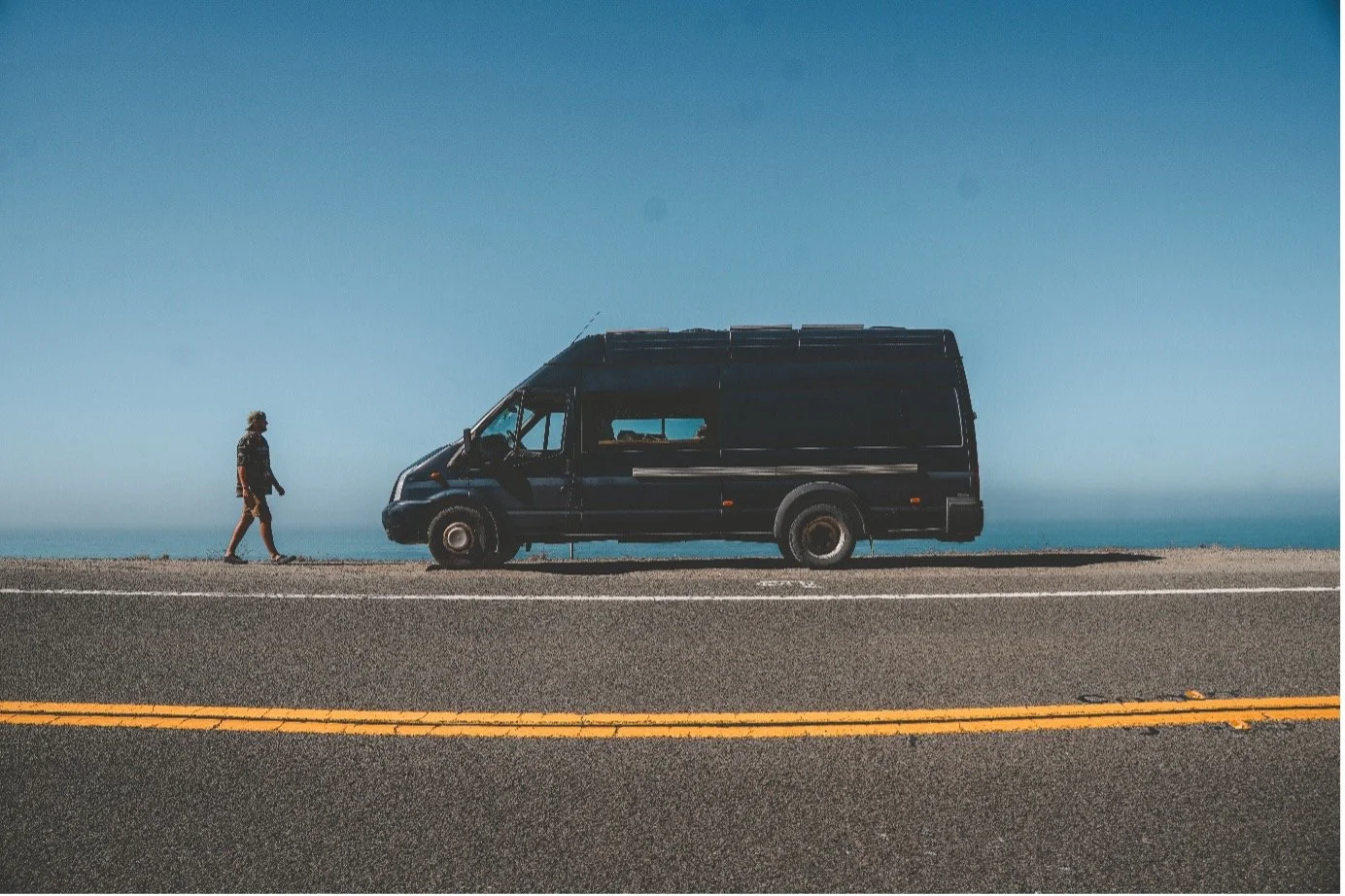
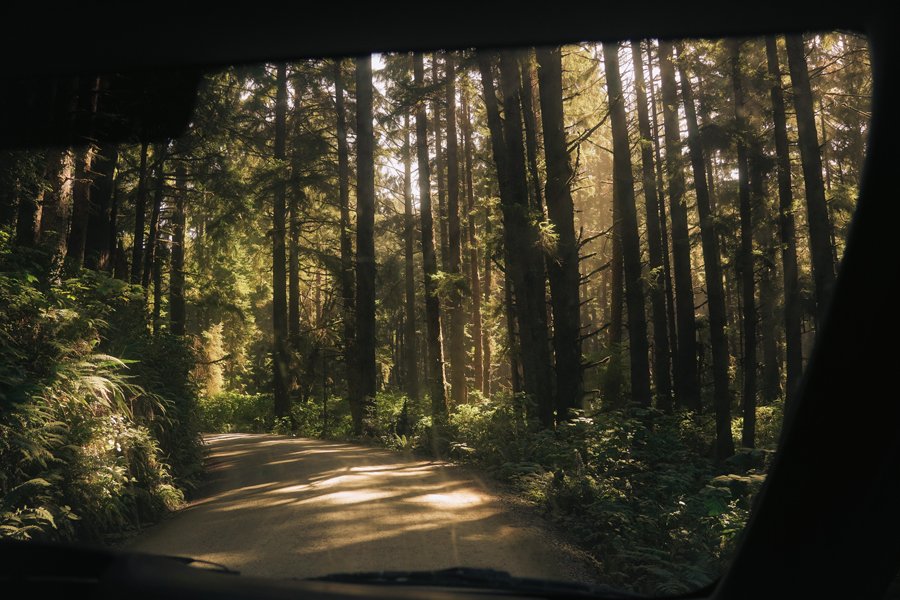
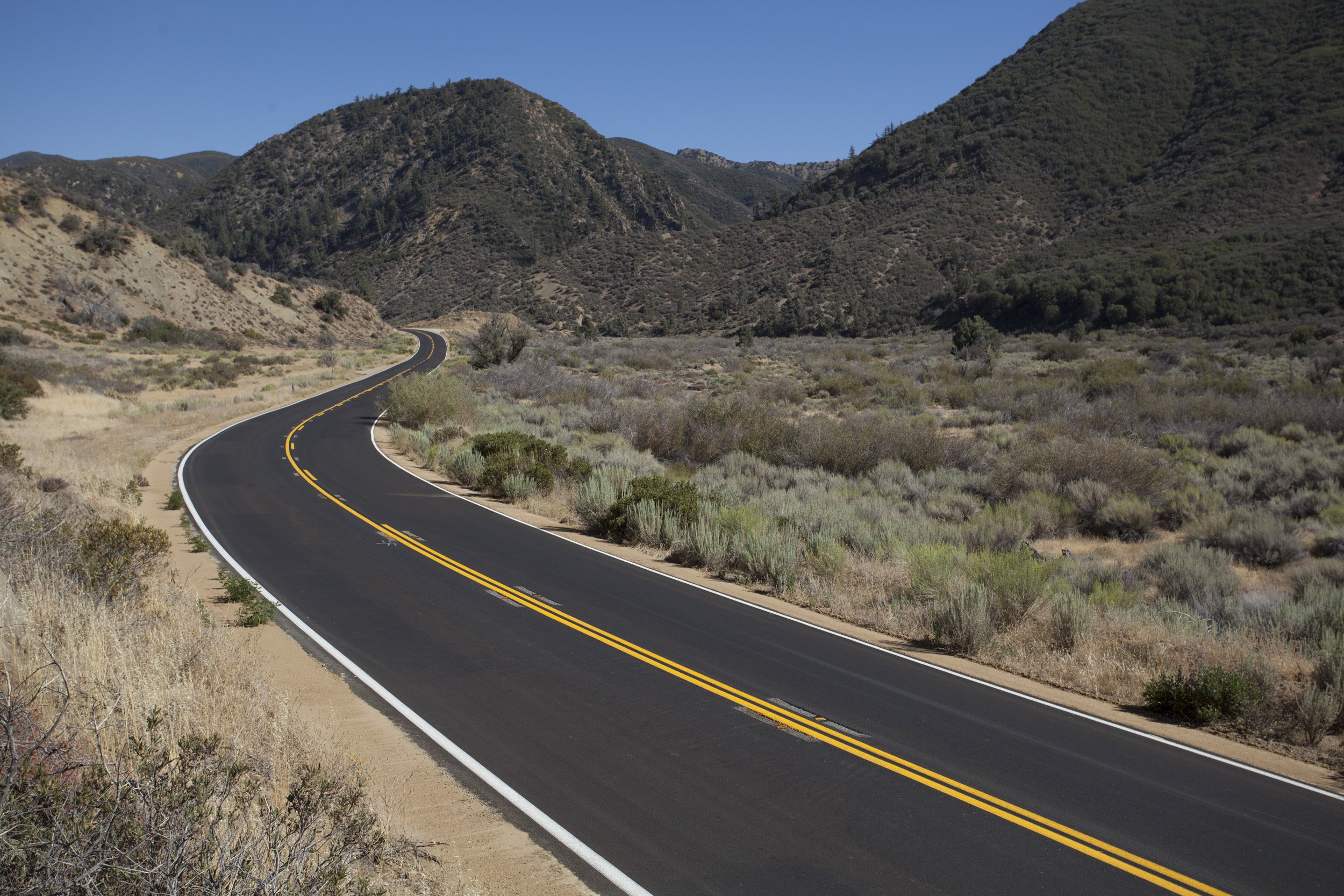





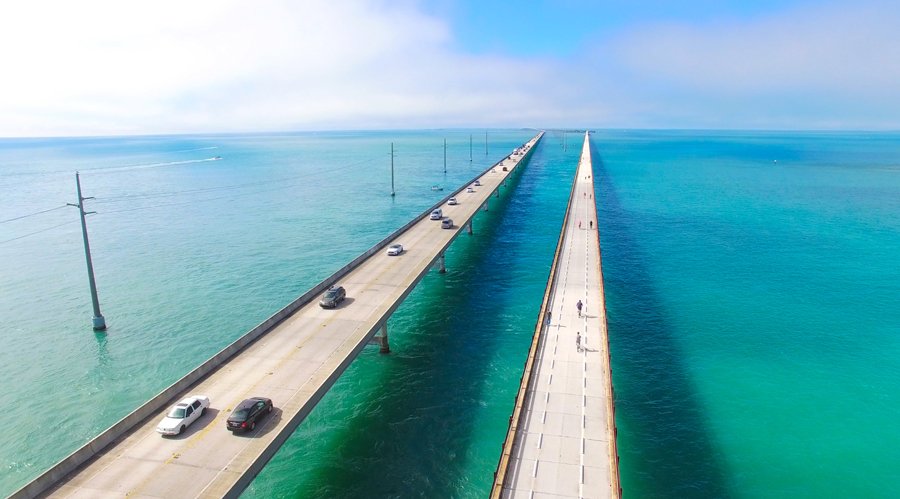

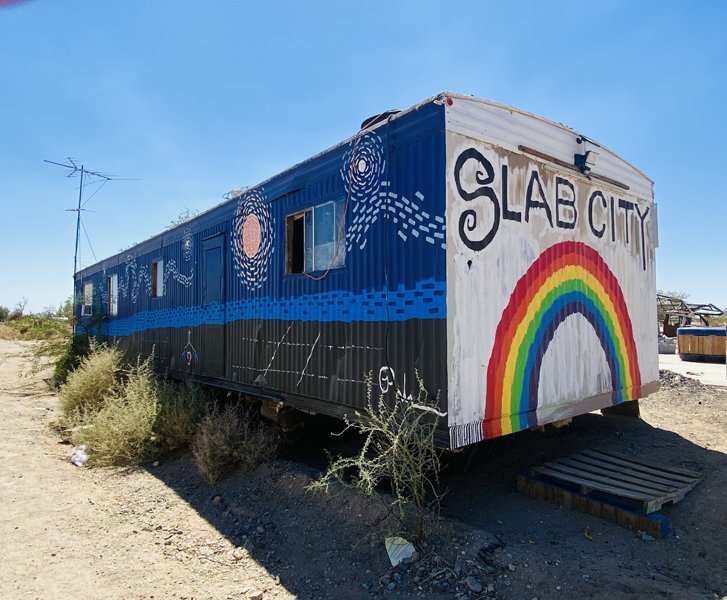


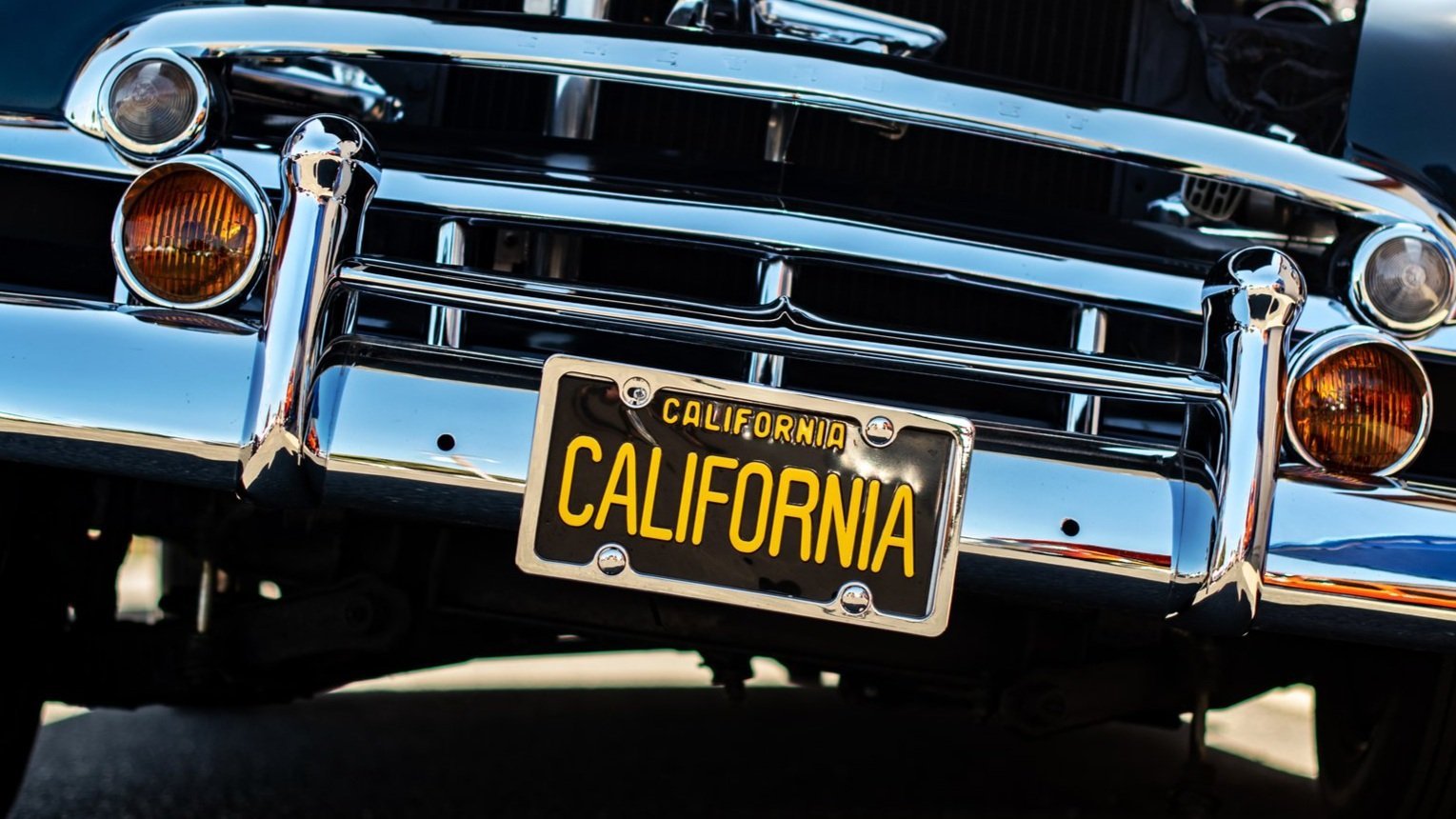


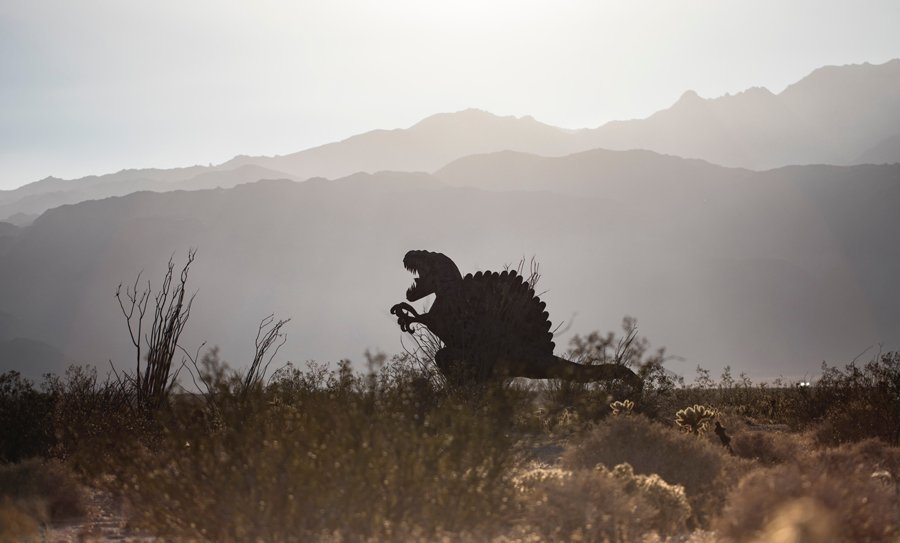

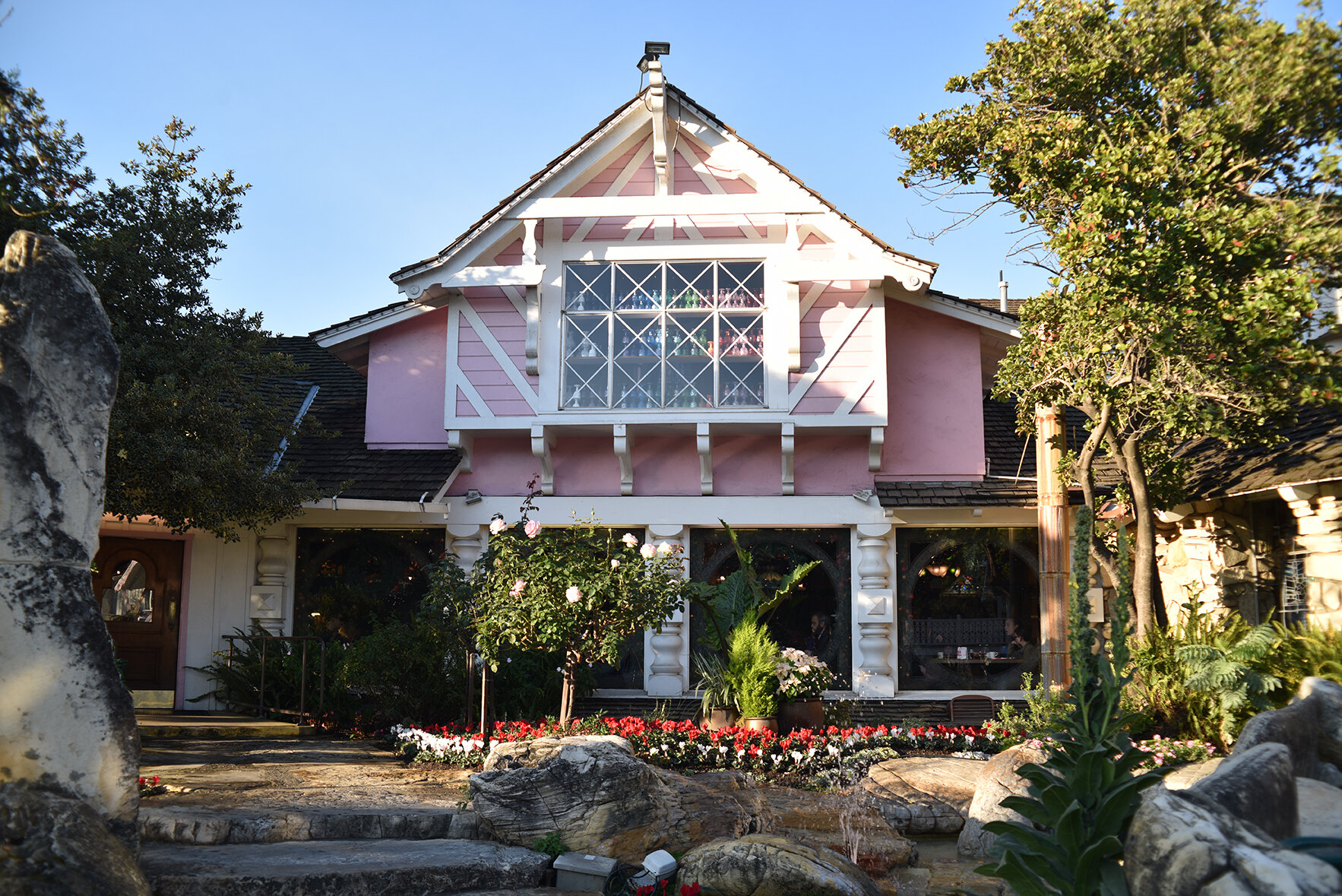

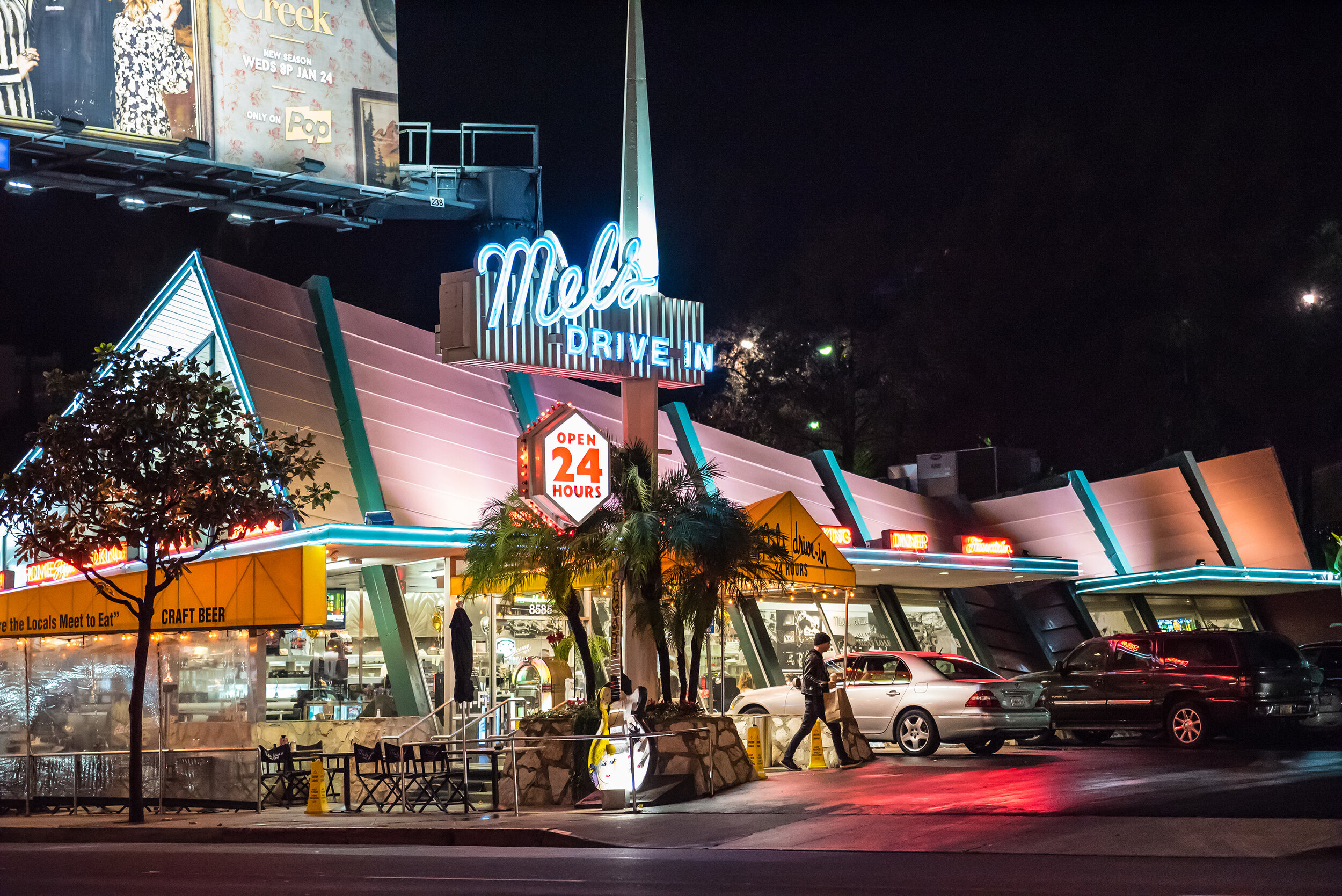






Ross Robbins took his tiny Elan on a massive journey of discovery, to reach the furthest points in the contiguous Continental United States.